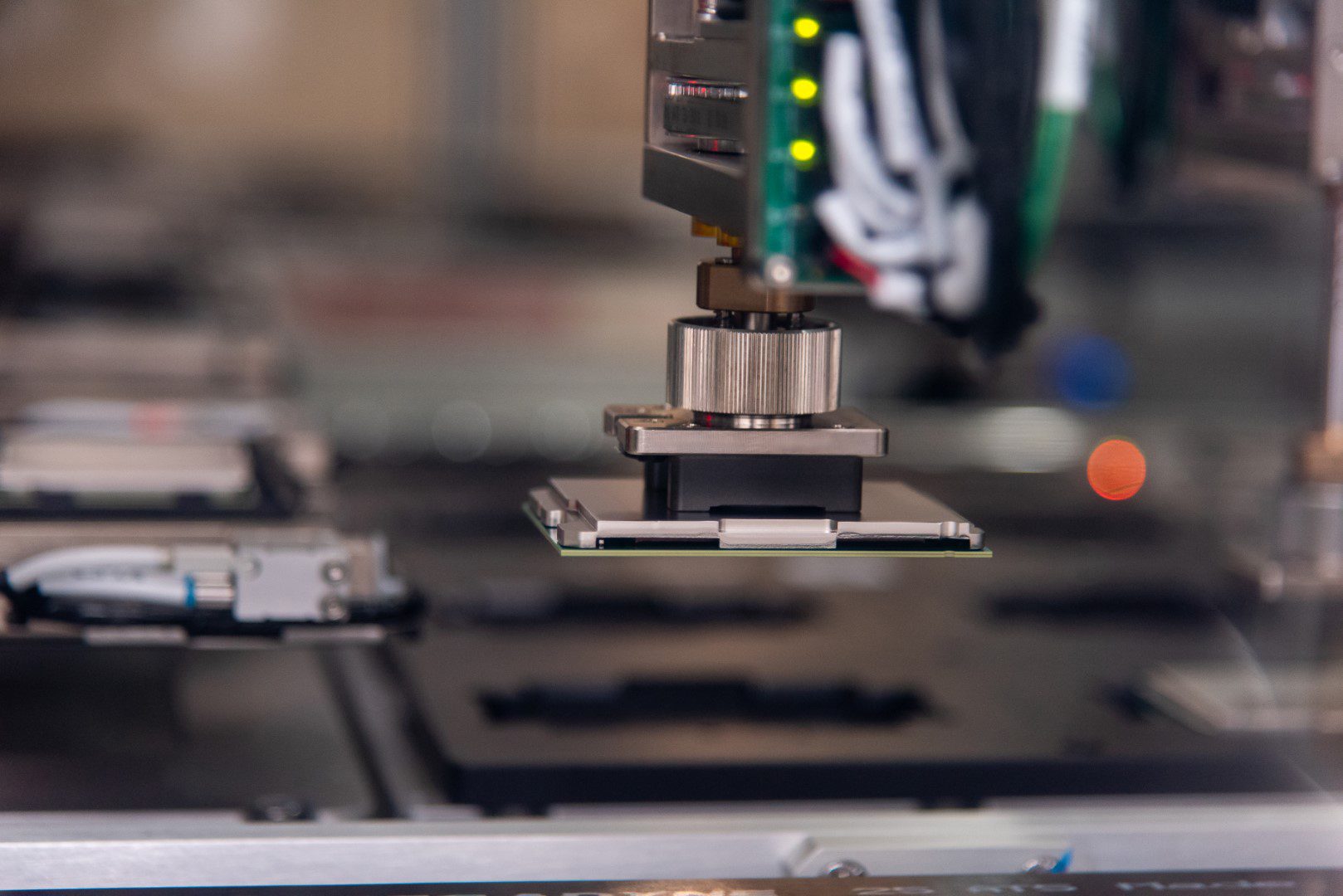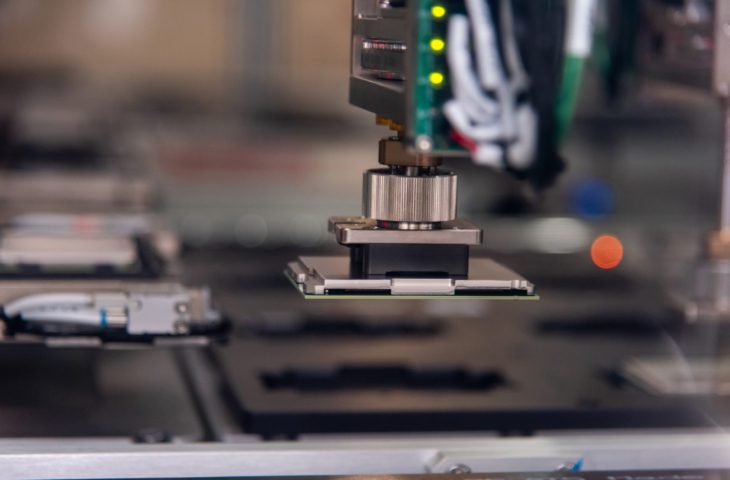Intel 18A won’t reach cruising speed until 2026
- April 5, 2024
- 0
Although Intel’s (sub)2nm nodes will come online this year, mass production is not planned until 2023. Intel plans to have its 2nm and 1.8nm production processes up and
Although Intel’s (sub)2nm nodes will come online this year, mass production is not planned until 2023. Intel plans to have its 2nm and 1.8nm production processes up and


Although Intel’s (sub)2nm nodes will come online this year, mass production is not planned until 2023.
Intel plans to have its 2nm and 1.8nm production processes up and running this year. A rapid rollout is essential to Intel’s competitive position. Intel itself calls its future baking process Intel 18A, where the A refers to angstrom: a unit ten times smaller than a nanometer. However, mass production of the Intel 18A is not planned until 2026, although PC and server processors will begin rolling off the assembly line on a smaller scale as early as 2025.
The production node is a somewhat vague concept, with different chip manufacturers (such as Intel, Samsung and TSMC) using different values that are difficult to compare directly. The fact is that a smaller node of a process is always better than a larger one, since the size in angstroms or nanometers somehow relates to the size of the building blocks of chips and transistors. The smaller the components, the smaller, more efficient and faster the transistor and therefore also the chip.
A competitively small production node is essential for Intel to produce competitive chips. Intel 18A is also used by Intel Foundry customers, including Microsoft. The most modern chips currently rolling off the Intel production line are the Core Ultra processors, which are based on Intel 4. This process was previously called Intel 7 nm and is technically comparable to TSMC 4 nm / 5 nm.
It’s worth keeping an eye on mass production. Manufacturers like to announce new, modern chips, but sometimes these are hardly available in practice. That was the case with Intel’s move to 10nm, which existed mostly on paper for the first year. The company is transparent about Intel 18A: the node will work from this year, chips will be available from next year, but 2026 will only be the year of large volumes.
Source: IT Daily
As an experienced journalist and author, Mary has been reporting on the latest news and trends for over 5 years. With a passion for uncovering the stories behind the headlines, Mary has earned a reputation as a trusted voice in the world of journalism. Her writing style is insightful, engaging and thought-provoking, as she takes a deep dive into the most pressing issues of our time.